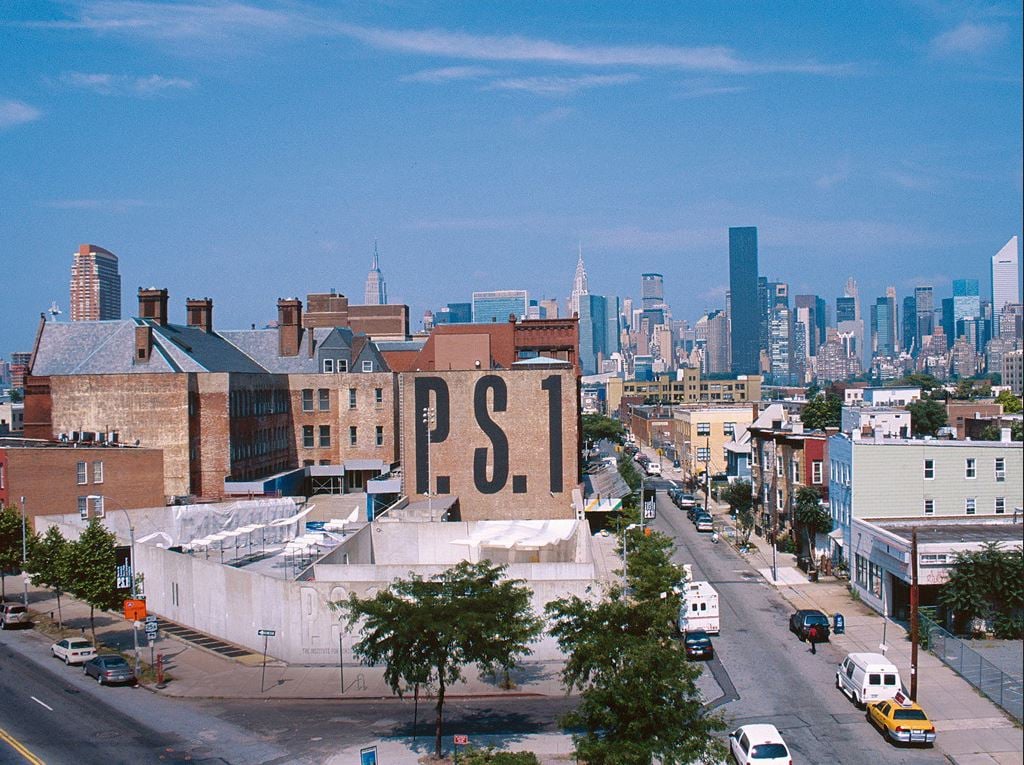
MoMA PS1 in New York and the Broad Museum in Los Angeles are the latest institutions in the US to make staff cuts as a result of the COVID-19 pandemic.
In an April 13 email to staff, MoMA PS1 director Kate Fowle said the current situation is “the most serious financial crisis MoMA PS1 has ever faced, and we expect the severe impact of this pandemic will be felt not only in the months ahead but for years to come.”
In her email, Fowle said that 80 percent of the museum’s $600,000 monthly expenditures are dedicated to payroll and benefits for staff, adding that “it’s simply not possible to make the numbers work under these circumstances.”
With the financial support of the board, the museum has committed to paying everyone’s full salary and benefits through May 1. Fowle noted that furloughed staff will be eligible to apply for unemployment benefits after April 24, and that the museum will continue to cover full health benefits for those who currently receive coverage through July 31.
After May 1, the museum will furlough “a majority of our employees across all departments and implement significant salary rollbacks of five to 40 percent for remaining staff with salaries over $70,000.”
Forty-seven workers—who together constitute more than 70 percent of the museum’s staff—will be furloughed.
“We expect that these furloughs will last until the end of July, and at that point we will reassess,” Fowle told staff in her email.
The Broad Museum on Grand Avenue in Los Angeles, California. (Photo by FG/Bauer-Griffin/GC Images)
Meanwhile, the Broad, a private museum founded by billionaire art collector Eli Broad, will lay off one full-time and 129 part-time employees, including retail workers and visitor services staff, starting April 24.
Museum director Joanne Heyler and deputy director Stacy Lieberman addressed staff in an email yesterday, saying that “the realities of COVID-19 are becoming clearer.”
The museum is hoping for a July reopening, but that will ultimately depend on the guidance of public health officials.
“To provide a measure of support, we will include separation pay according to length of service, with the largest amounts provided to those who have worked the longest at the Broad. Combined with regular compensation since the museum closure on March 13, separating employees will have been provided a combined total of six to 10 weeks of pay,” according to a statement from the museum issued to Artnet News.
In response to questions about whether the museum had applied for the Paycheck Protection Program, which would provide government funding for businesses to pay their employees, a museum representative said: “Layoffs are taking place because we are preparing for reduced and reorganized public-facing operations in the future due to decreases in attendance. A loan would not have changed that.”
“During the COVID-19 pandemic, the Broad has kept its staff, both full-time and part-time, on regular compensation for over five weeks after it closed to the public on March 13 to join efforts to slow the spread of the virus,” the spokesperson added.